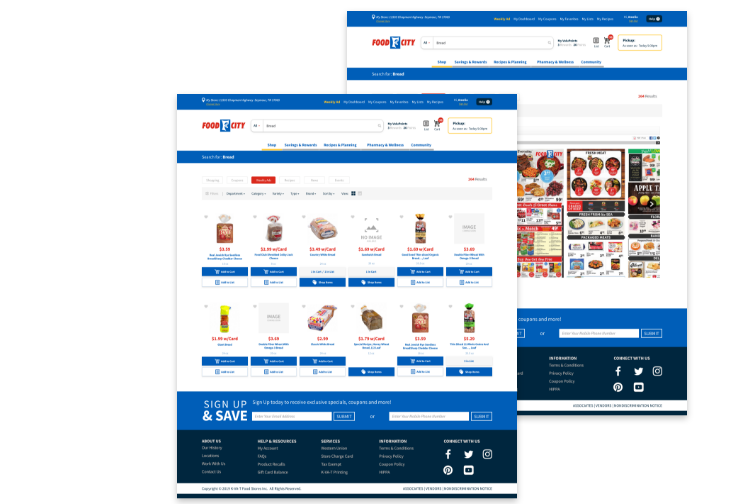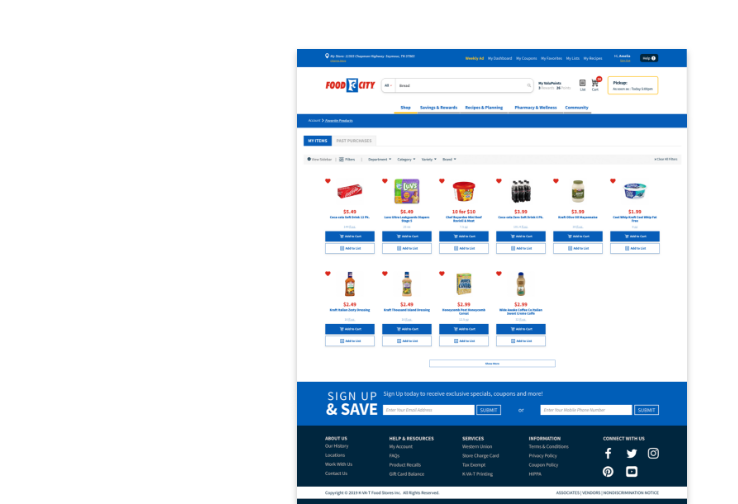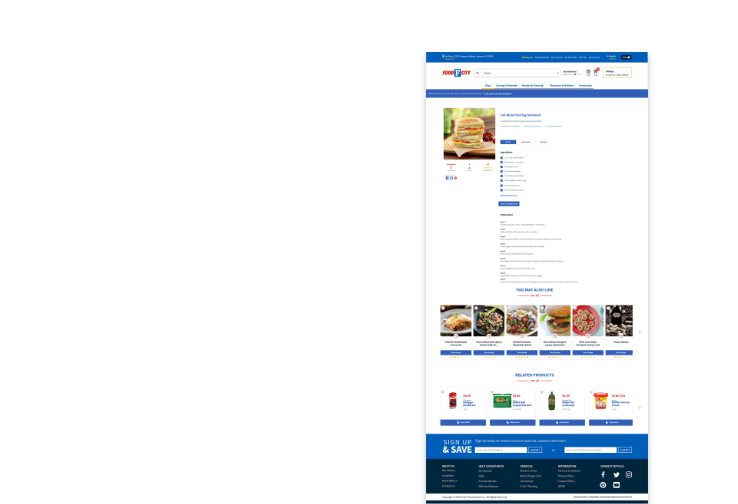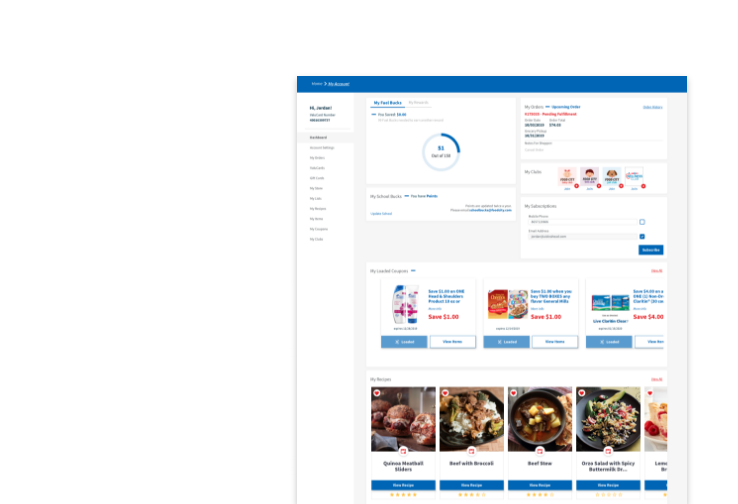
Wellness Club — Till the Cows Come Home
Abingdon, VA. -
Tuesday, Jun 1, 2021.
Written by Alexis Buchan, Food City Dietetic Intern, Virginia Tech
Nothing beats the heat like a nice cool glass of milk. It isn’t just full of flavor, it’s also full of vitamins and minerals, including B-vitamins, vitamin A, calcium, phosphorus, vitamin D, and protein.
Did you know that June is National Dairy Month? Luckily, dairy is in season all year long, so you don’t have to wait for summer to enjoy your favorite dairy foods.
Dairy products include milk, cheese, and yogurt. Dairy products can be used in almost any recipe to bulk up the protein content and enhance the flavor. Try using low fat plain Greek yogurt as a base for your smoothie. Mix some seasonings like cinnamon or allspice into the yogurt for a delicious dip. When baking, if a recipe calls for water, try substituting milk instead. Your baked goods will taste rich and moist!
Can’t have milk? If lactose intolerance is keeping you from enjoying your favorite dairy foods, opt for lactose free milk. It’s real milk without the lactose, so you still get the same nutrition. Try natural cheeses, like Cheddar, Monterey Jack, and Parmesan only contain minimal amounts of lactose. Or choose yogurt with live, active cultures, which help break down lactose during digestion.
Dairy alternatives, like nut, soy, rice, or oat beverages are commonly chosen as a lactose-free option. They are usually fortified with calcium, vitamin A, and vitamin D, but they may have high amounts of added sugar. Most dairy alternatives also have less protein per serving than real milk; about 0-2 grams per serving compared to 8 grams per serving for real milk. The closest comparison to the nutrition of real milk is fortified soy beverage, which has 7 grams of protein per serving, earning its place in the dairy group. Because the overall nutritional content of other plant-based “milks” (i.e. almond, rice, coconut, oat) are not similar to dairy milk, consuming them does not contribute to meeting the 3 servings of dairy per day, as recommended by the 2020-2025 Dietary Guidelines for Americans.
Worried about the treatment of cows on dairy farms? Never fear! Dairy farmers want to keep their cows happy and healthy. Many dairy farms follow guidelines set by the National Dairy FARM (Farmers Assuring Responsible Management) Program. This program has an animal care standards manual as well as farm assessments to determine if farms meet these standards.
The National Dairy Council is a non-profit organization that is dedicated to sharing science-based education to the public about the nutrition and health benefits of dairy. For more information about dairy farming, sustainability, and commitments within the community, visit their website at www.usdairy.com.












